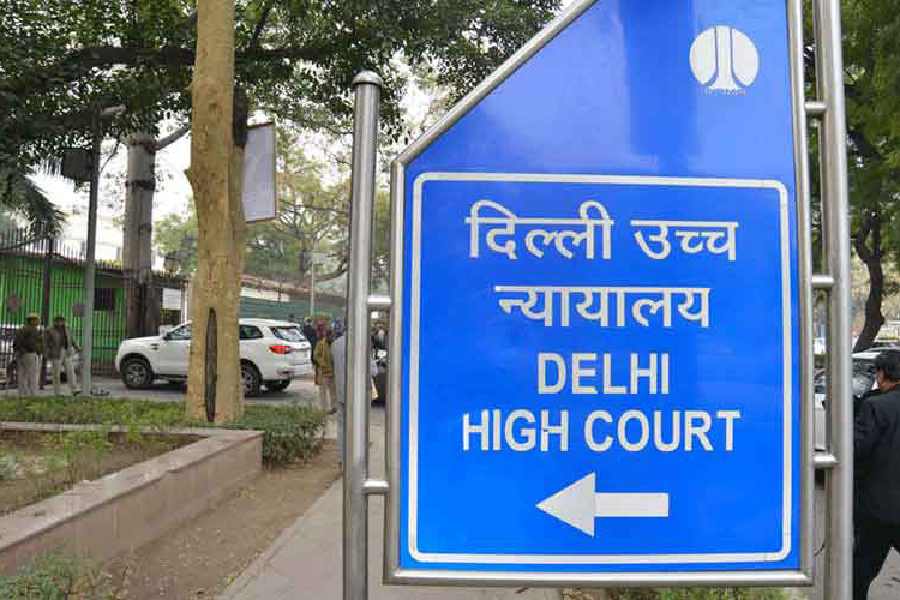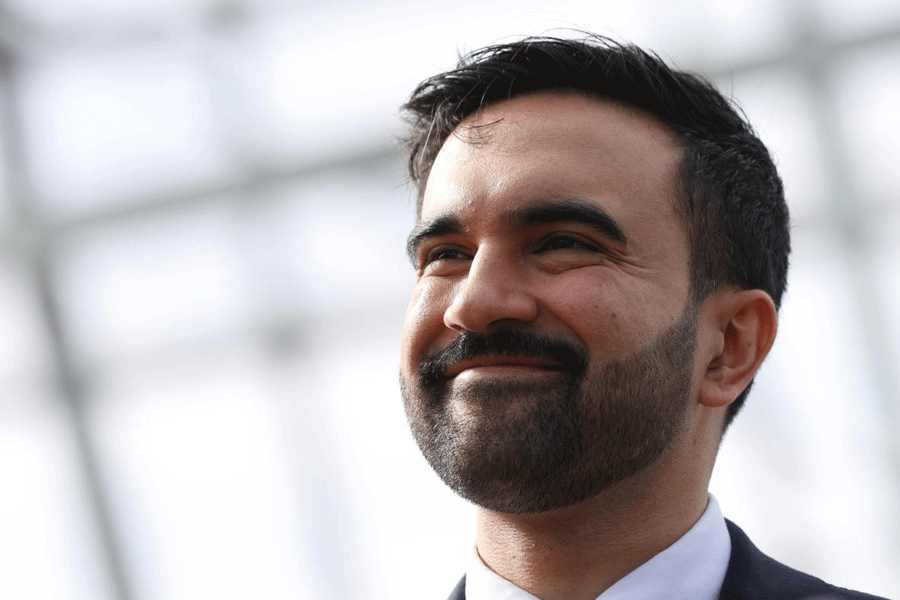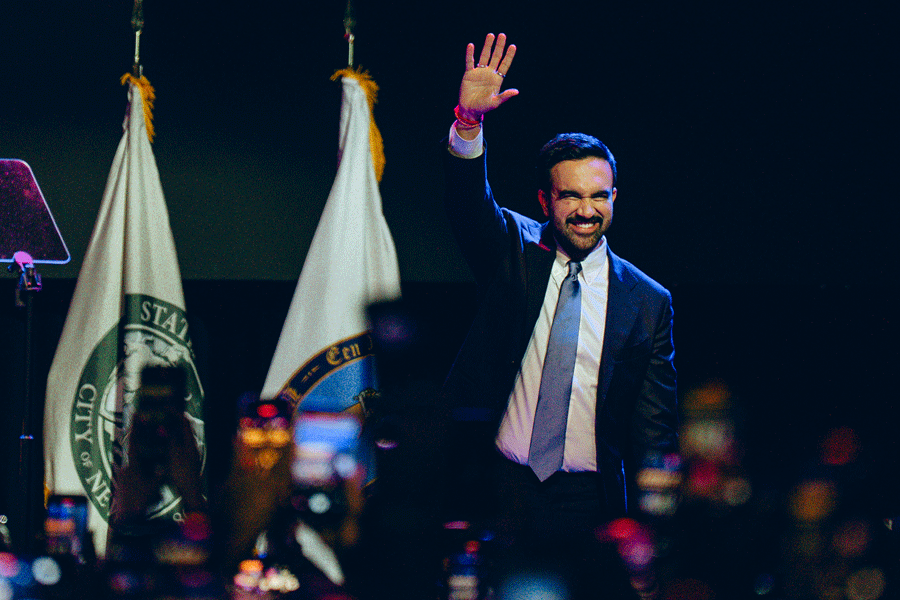 |
Samir Kumar Brahmachari loves his holidays. These are those rare days when this 57-year-old chief of the Council of Scientific and Industrial Research (CSIR) gets to be with the “real love” of his life: research. Holidays are when he breaks free from the long-winding list of visitors — official or otherwise — and the gruelling commitments as a government secretary.
Understandably, his personal secretary at the CSIR headquarters, who has attended more than 50 calls from me in a fortnight seeking an appointment with his boss, directs me to call him on an off day. “He is generally in a good mood on a holiday,” he says.
That’s not surprising, for the director general (DG) shoulders the administrative responsibilities of a CEO, managing 37 laboratories with 4,600 scientists. And he is not just an administrator — but a keen hands-on scientist as well. Recently, Brahmachari’s team at the Institute of Genomics and Integrative Biology (IGIB) in Delhi showed that a tiny, single-stranded micro RNA found in humans can slow down the runaway growth of the AIDS-causing HIV-1 virus.
I take his secretary’s advice and call him on Ram Navami — a government holiday. The CSIR office is shut. But Brahmachari is there — and takes my call. “I will give you 25 minutes, not a minute less or a minute more.”
It’s almost an hour behind the appointed time when I am finally ushered into his spacious room. Brahmachari, the first biologist to be CSIR DG, settles down for a comfortable chat, and the gleam in his eyes indicates that this one’s going to be a veritable walk down memory lane. “I loved maths in school, studied chemistry in college and became a researcher in biology,” he says.
He doesn’t say so, but he could have been an astute businessman if he’d tried. Throughout his youth, he minted money by solving mathematics problems in sample test papers for publishers of maths guides. “I was a born entrepreneur. And I used to sell maths for money.” He pauses for a minute to allow me to take that in. “I have always been fascinated by out-of-the-box thinking.”
When he was in Class X, he decided that he wouldn’t depend on his middle class parents for money. Needless to say, he made plenty of money as there was no dearth of schoolbook publishers in Calcutta when he was growing up in the Sixties. He solved a mountain of math puzzles for them — earning Rs 4 for solving each big problem and Rs 2 for a minor one. His love of mathematics also fetched him a national scholarship.
Brahmachari wanted to study in Presidency College, but was forced to join Calcutta’s St Xavier’s by his father. Those were the heydays of the Naxalite movement and Presidency was the hotbed of rebels of all hues. And his father — Amrit Lal Brahmachari — was among those spearheading the anti-Naxal operation in the Calcutta police.
The entrepreneur in Brahmachari took a curtain call. When Calcutta colleges were shut for months together as part of a state campaign to hunt down Naxalites, he decided to keep himself busy by bringing out a Bengali science magazine for children. “We used to live in a colony where many senior editors of newspapers used to live. I made them editors of the magazine — Nakshatra — and myself the chief editor. As I was very close to the publishing houses because of the schoolbooks they brought out, I would get them to print a few hundred copies of the magazine for a nominal price. I used to hawk them myself in the neighbourhood.”
Journalism’s loss was science’s gain. The colleges re-opened, and Brahmachari went back to the world of academia. In the Seventies he went to the Indian Institute of Science (IISc) in Bangalore for a PhD and later joined up as an academic. “I became a faculty member much before many of my contemporaries finished their PhDs as I was the first student to complete his doctoral studies at IISc’s molecular biophysics unit,” he says. “I grew up in the very best environment of Indian science, no question about it.”
Brahmachari says he tried to replicate a similar environment when in 2000 he moved to the IGIB, then known as the Centre for Biochemical Technology (CBT). It worked. The CBT, which was once just a place where chemicals were prepared for experiments in research institutes in the country, has been transformed into one of the finest labs in genomic studies of late.
Clearly, the biologist found all that he was looking for right here in India. “I never wanted to study abroad,” he says. His professors, however, urged him to do so, and a reluctant Brahmachari went to France for his postdoctoral studies. A few months later he was back in India — there was a vacancy at the IISc, and Brahmachari wanted the job.
The second time he went abroad was for a short assignment. His wife Vani — a fellow scientist from IISc — wanted to study at Columbia University. “She found it very difficult to afford a nanny for our toddler son. So I joined her and took up a short-term position under Charles Cantor, the American molecular geneticist, who was at Columbia then.”
Cantor subsequently became the first vice president of the Human Genome Organisation (Hugo), an international organisation of scientists studying human genome. And Brahmachari became its first member from India.
The one overseas trip that excited Brahmachari was his Russia sojourn. “I wanted to visit the lab of Andrei Mirzabekov,” he says, referring to the hugely respected Russian molecular biologist who died in 2003. “Mirzabekov showed the world that lack of resources can never be a limiting factor for a creative mind. He listed out the chemicals that were available in his lab. Those who wanted to do research under him had to restrict themselves to those chemicals,” says Brahmachari.
The visit to Mizabekov’s lab as part of a bilateral Indo-Russian research programme in the 1990s was an eye opener, he says. “I never ever complained about a resource crunch after that,” he says.
The visit evidently had a great impact on the scientist. “If I were to be born again, I want to be a scientist in Russia,” says the Bengali. “The kind of respect a scientist evoked in the former Soviet Union, even in the troubled times that led to its subsequent break up, was tremendous.” When all Russians had to queue up for their daily rations, academics never had to stand in line, he recalls.
The fact that Indian scientists hardly ever command the same kind of respect in society riles Brahmachari. In China too, he adds, a fellow of the Chinese Academy of Science has the right to fly first class even if he is travelling on an economy class ticket.
“Eventually he may not travel first class, but till he boards the flight he can access all facilities available for first class travellers. His time is valued. Why can’t a member of an Indian academy have access to facilities at airport or elsewhere that Samir Brahmachari, DG CSIR, or any other sarkari babu has access to? Let’s show them that we value their time, then they will also start valuing their time.” Scientists are not after money, but social respect is important, he stresses.
Once you lift their social status, Brahmachari believes there will be healthy competition among Indian scientists and that will give a significant boost to the quality of science in the country. “No amount of wooing talented youth to take up science can match that, unless you increase the social prestige of scientists.”
Brahmachari, clearly, is not a scientist trapped in an ivory tower. His strategies revolve around taking science to the masses. He proposed an open source drug development (OSDD) strategy — putting the salts of a drug in the public domain — before moving to the CSIR headquarters as DG in November 2007. He likens OSDD to an open paddy field. “We do not put a high wall around a paddy field unlike in a factory. At the most, we put up a scarecrow to scare away unwanted visitors,” he says.
For a disease like tuberculosis, he says an effective drug, whether it is developed in a public funded lab or by a pharmaceutical giant, should be available to the multitude of people who suffer from it at the cheapest possible price.
He can go on, but it’s a holiday — and a busy day for him. We have gone way beyond his “25 minutes, not a minute less or a minute more.” The holiday spirit does this to you.










